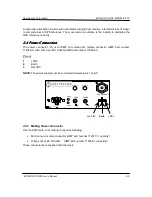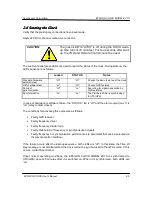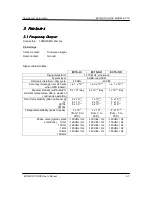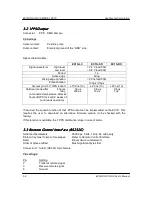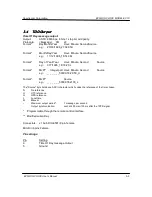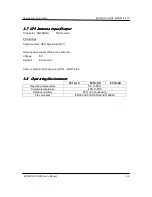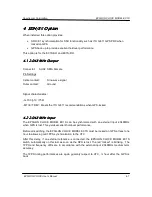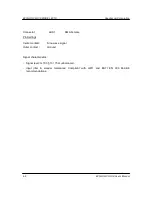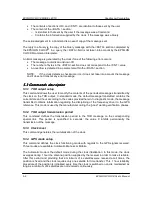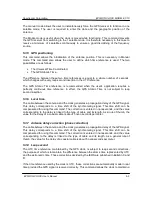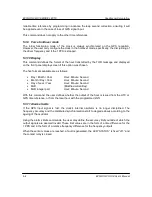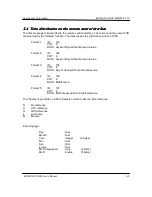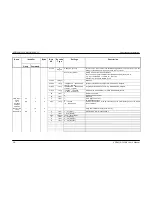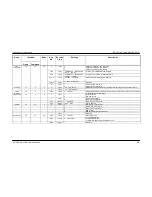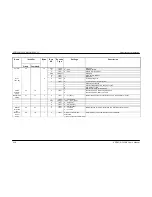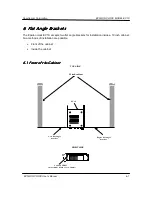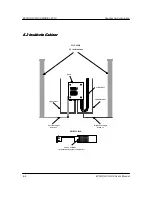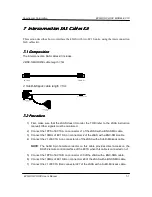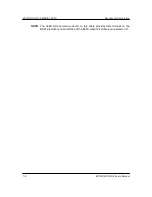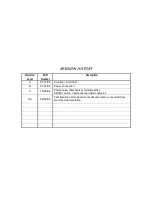
Spectracom Corporation
EPSILON CLOCK MODEL EC1S
EPSILON CLOCK User’s Manual
5-3
The manual mode allows the user to instantaneously force the GPS receiver to function in one
satellite mode. The user is required to enter the date and the geographic position of the
antenna.
The Mobile mode is useful when the clock is moved while functioning. This command prevents
the GPS receiver from switching to the 1 satellite mode. It is therefore necessary in this case to
receive a minimum of 4 satellites continuously to ensure a good disciplining of the frequency
source.
5.3.5 GPS positioning
This command allows the initialization of the antenna position. This is necessary in Manual
mode. This command also allows the user to define which time reference is used. The two
possibilities are as follows:
•
The Universal Time Coordinated,
•
The GPS Atomic Time.
The difference between these two time references is equal to a whole number of seconds,
which changes with every leap second insertion in the UTC reference.
The GPS Atomic Time reference is recommended when the user's application requires a
perfectly continuous time reference. In effect, the GPS Atomic Time is not subject to leap
second insertion.
5.3.6 Local time
The cable between the antenna and the clock generates a propagation delay of the GPS signal.
This delay corresponds to a time shift of the synchronizing signal. This time shift can be
compensated for using this command. The correction is entered in nanoseconds, and the value
corresponding to the delay is linked to the type of cable and its length. As a rule of thumb, the
value for the delay of a coaxial cable is about 5 nano seconds per meter.
5.3.7 Antenna delay correction (phase correction)
The cable between the antenna and the clock generates a propagation delay of the GPS signal.
This delay corresponds to a time shift of the synchronizing signal. This time shift can be
compensated for using this command. The correction is entered in nanoseconds, and the value
corresponding to the delay is linked to the type of cable and its length. As a general rule of
thumb, the value for the delay of a coaxial cable is about 5 nanoseconds per meter.
5.3.8 Leap second
The UTC time reference, maintained by the GPS clock, is subject to leap second corrections,
the purpose of which is to maintain the difference between the atomic time represented by UTC
and the astronomic time. These corrections decided by the IERS are published in Bulletin C and
D.
If the time reference used by the clock is UTC, these corrections are automatically made in real
time provided the GPS signal is received correctly. This command allows the clock to maintain a

